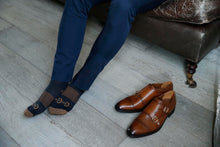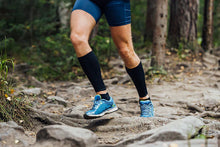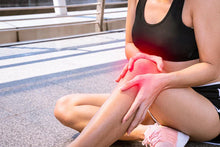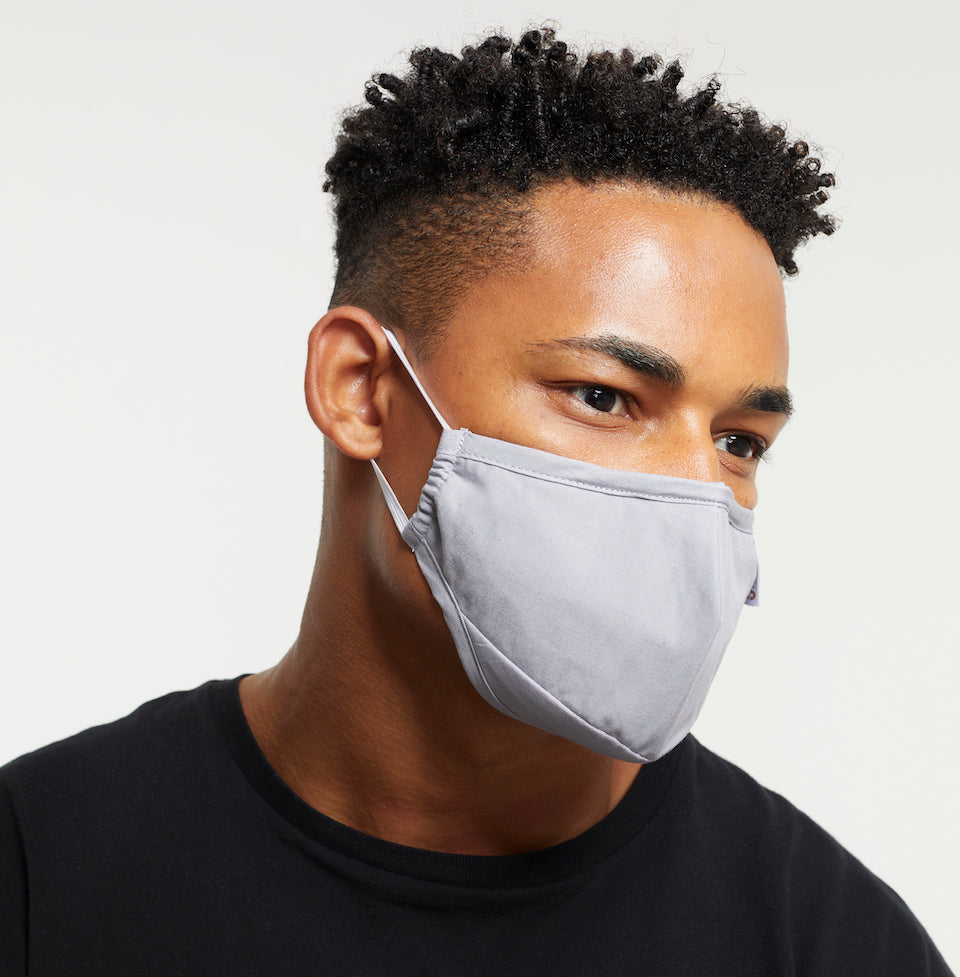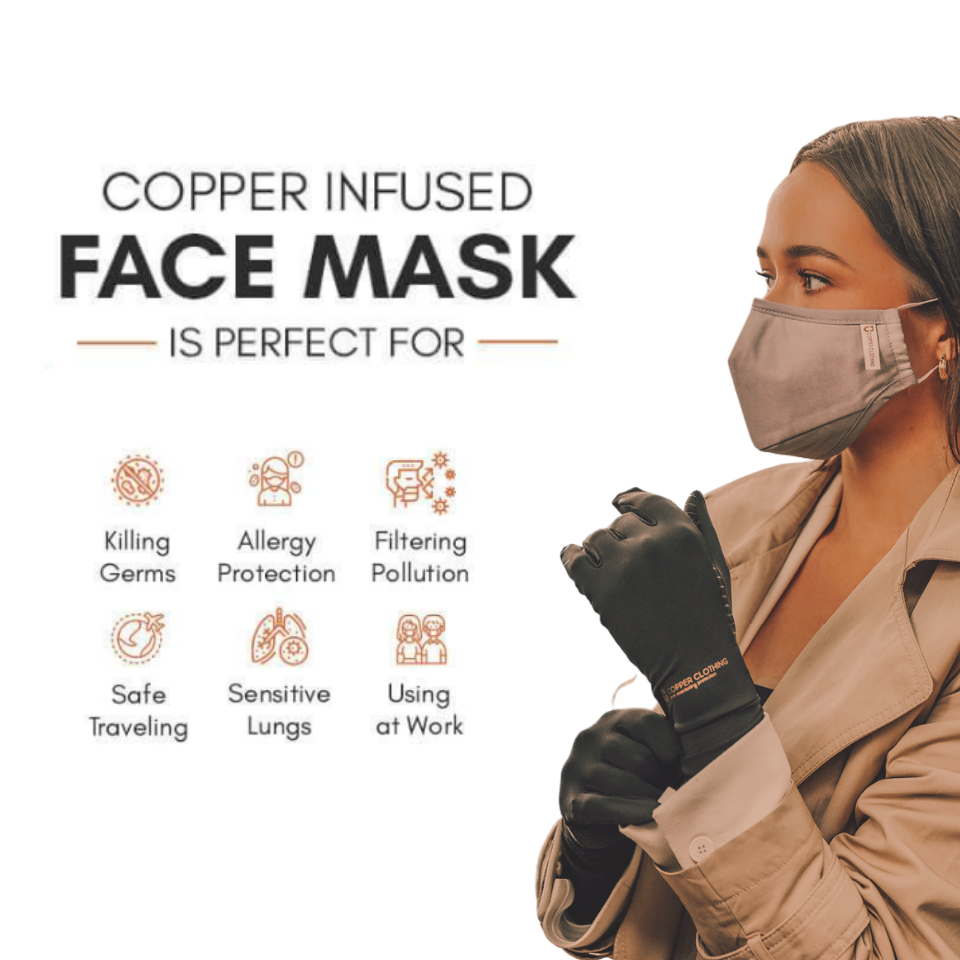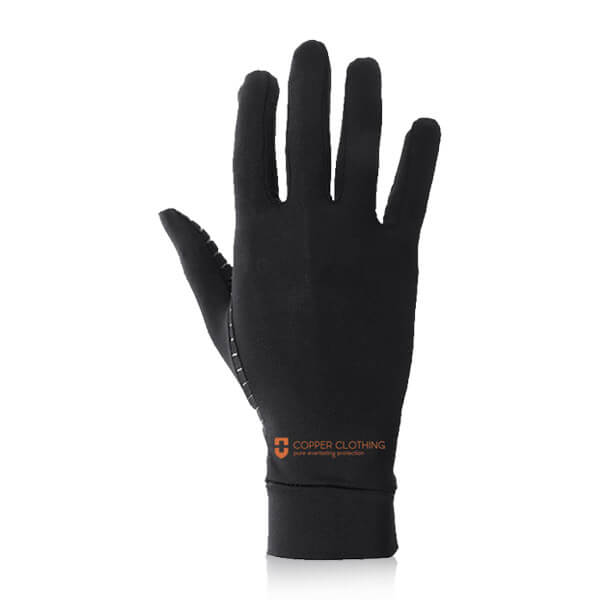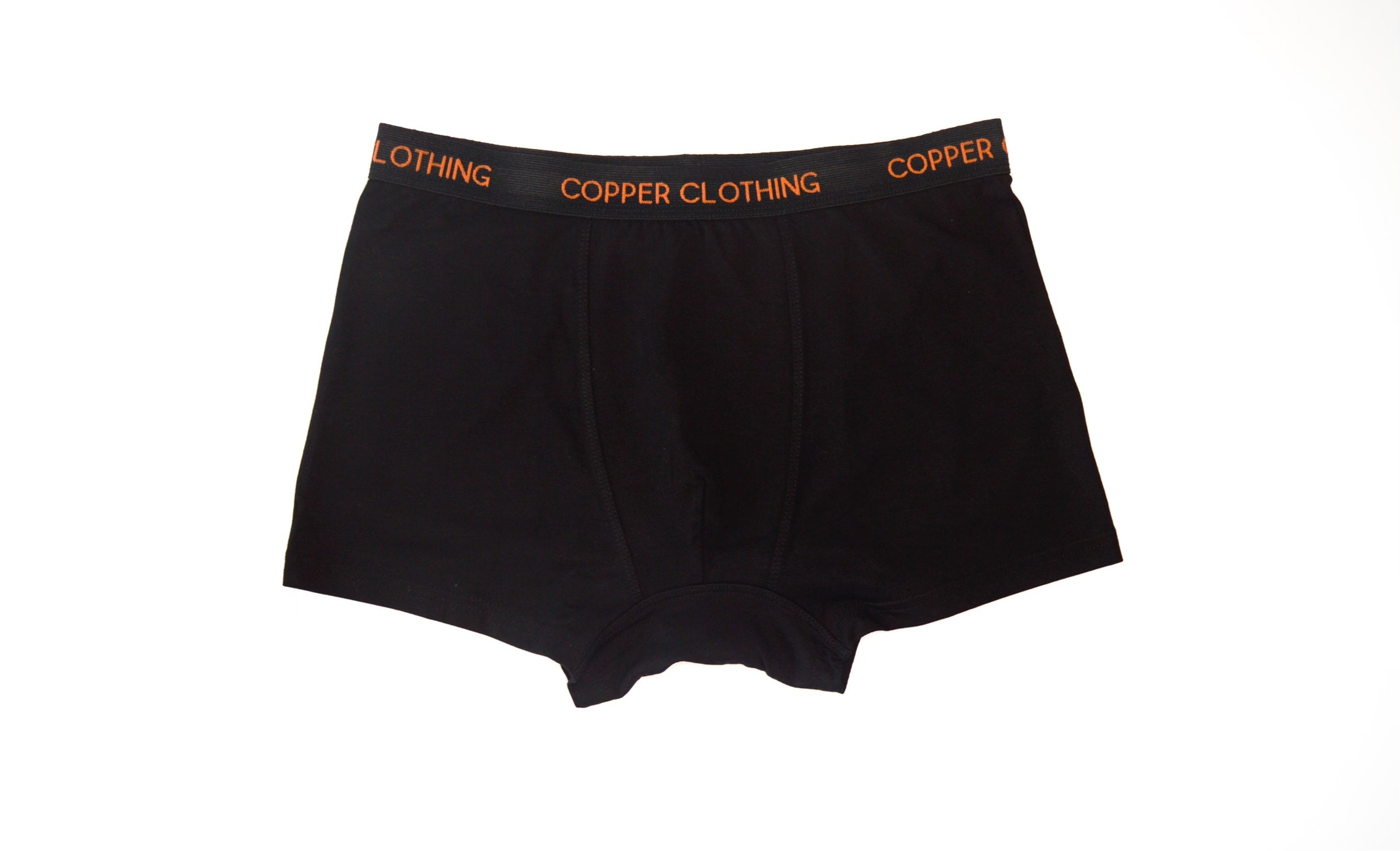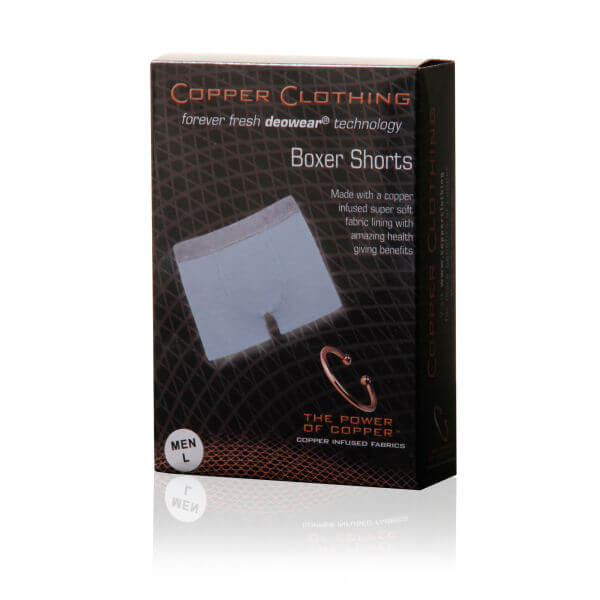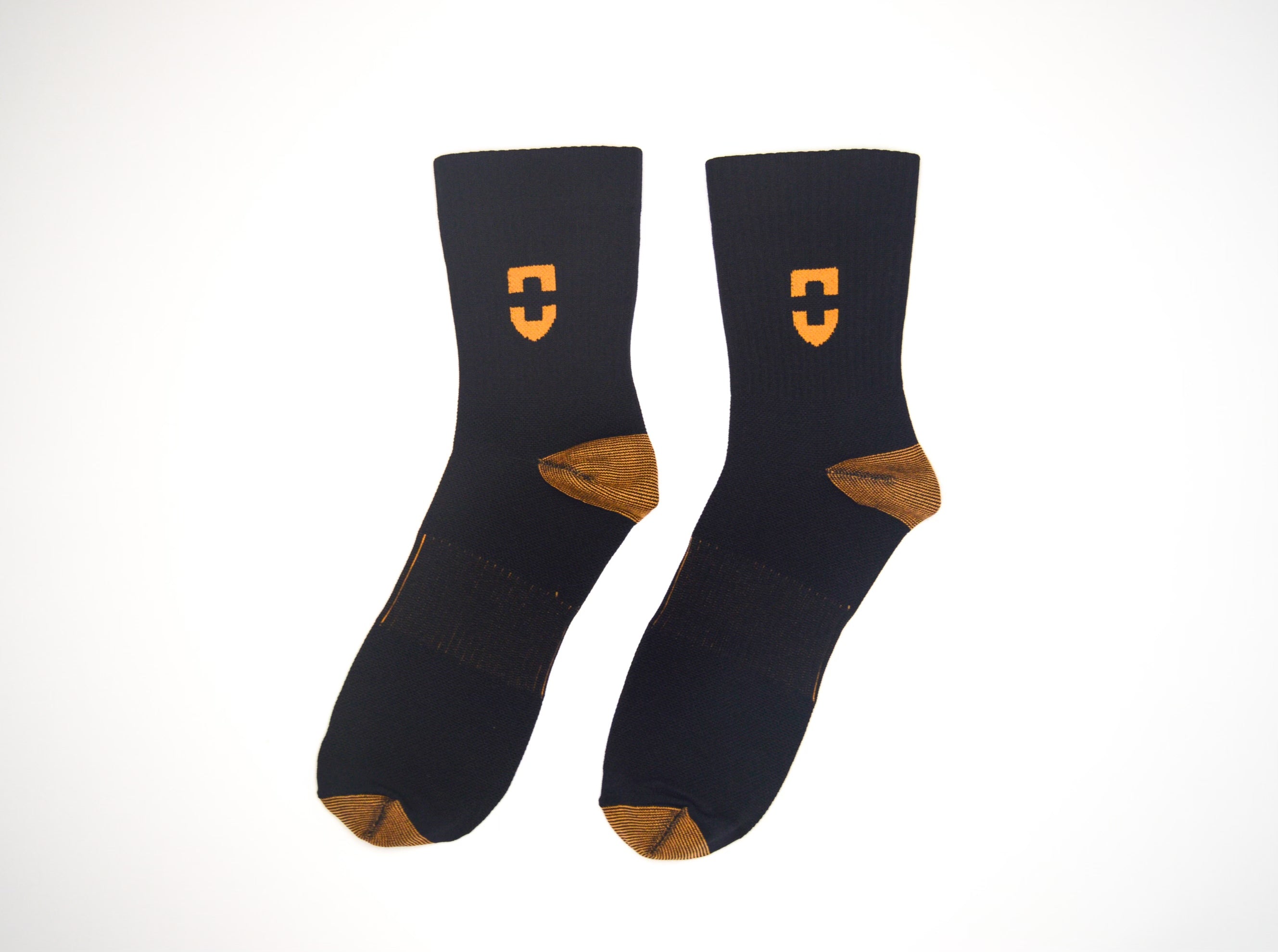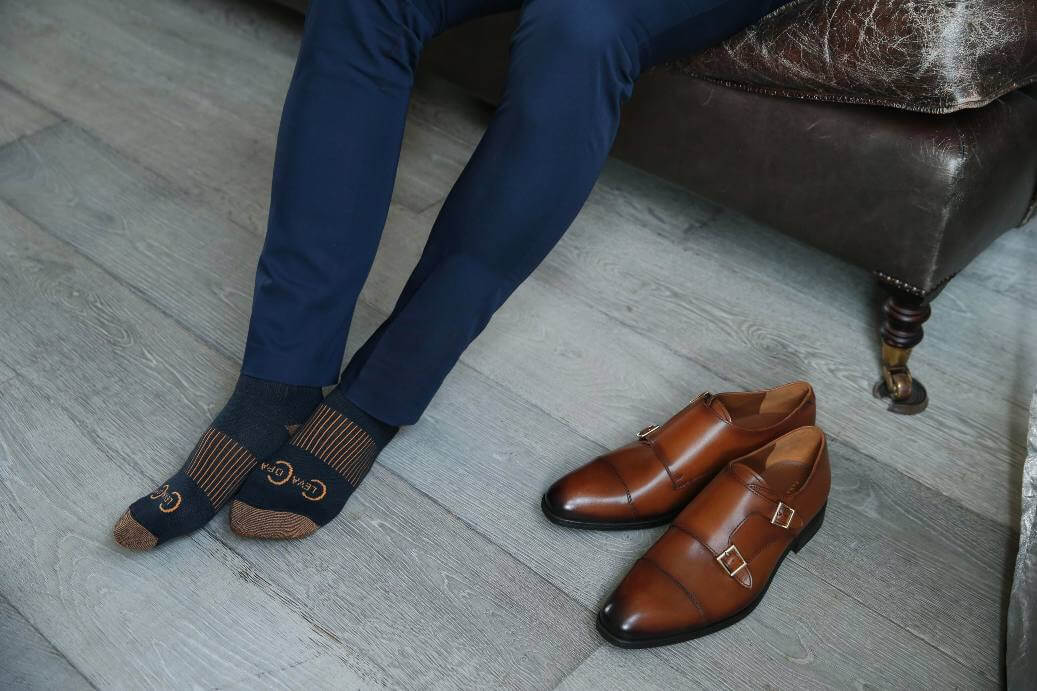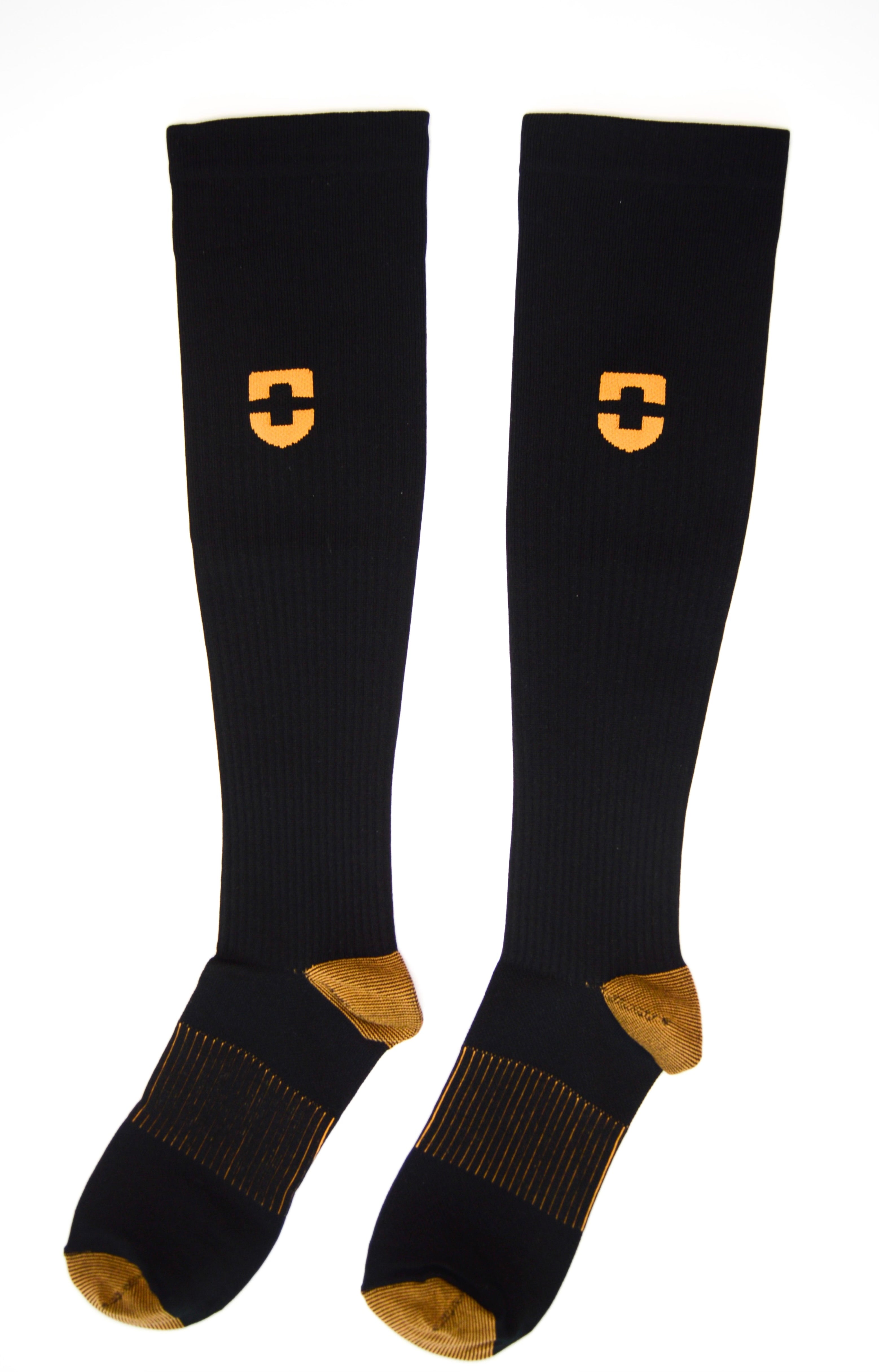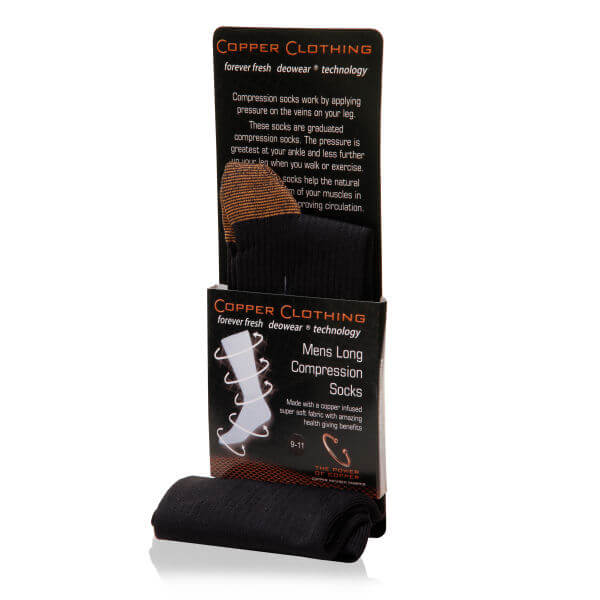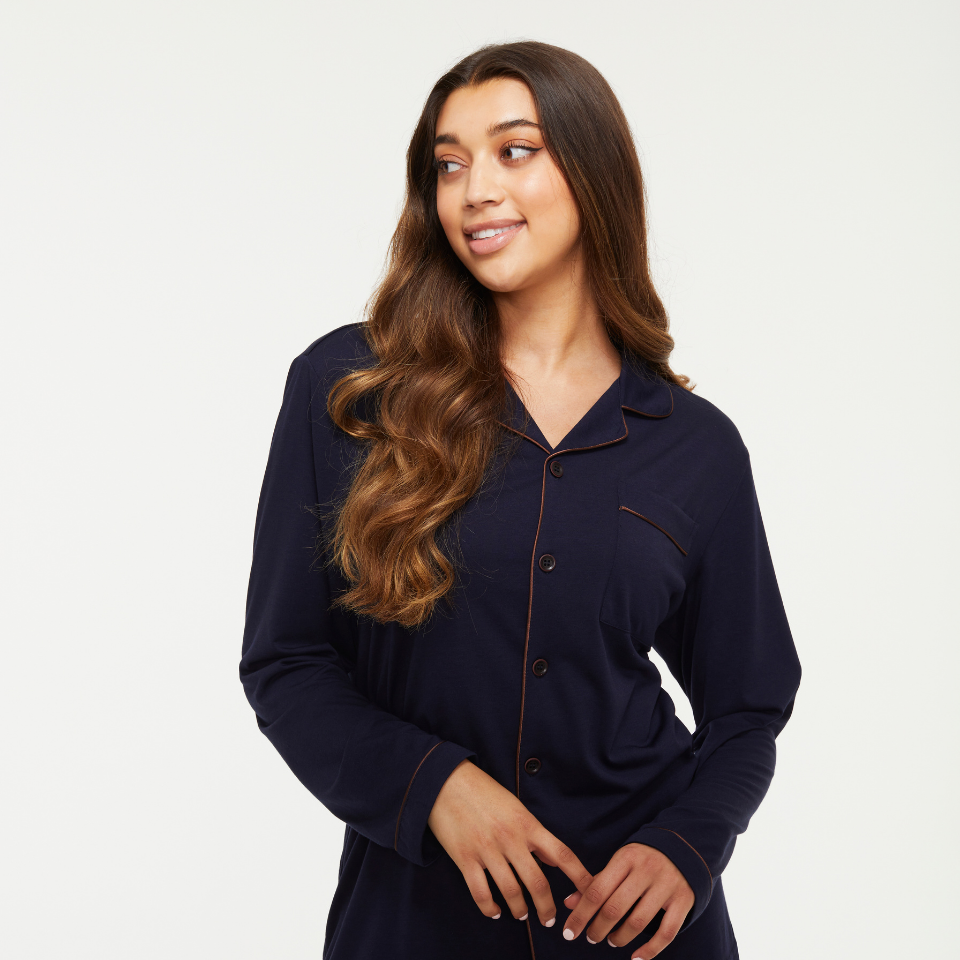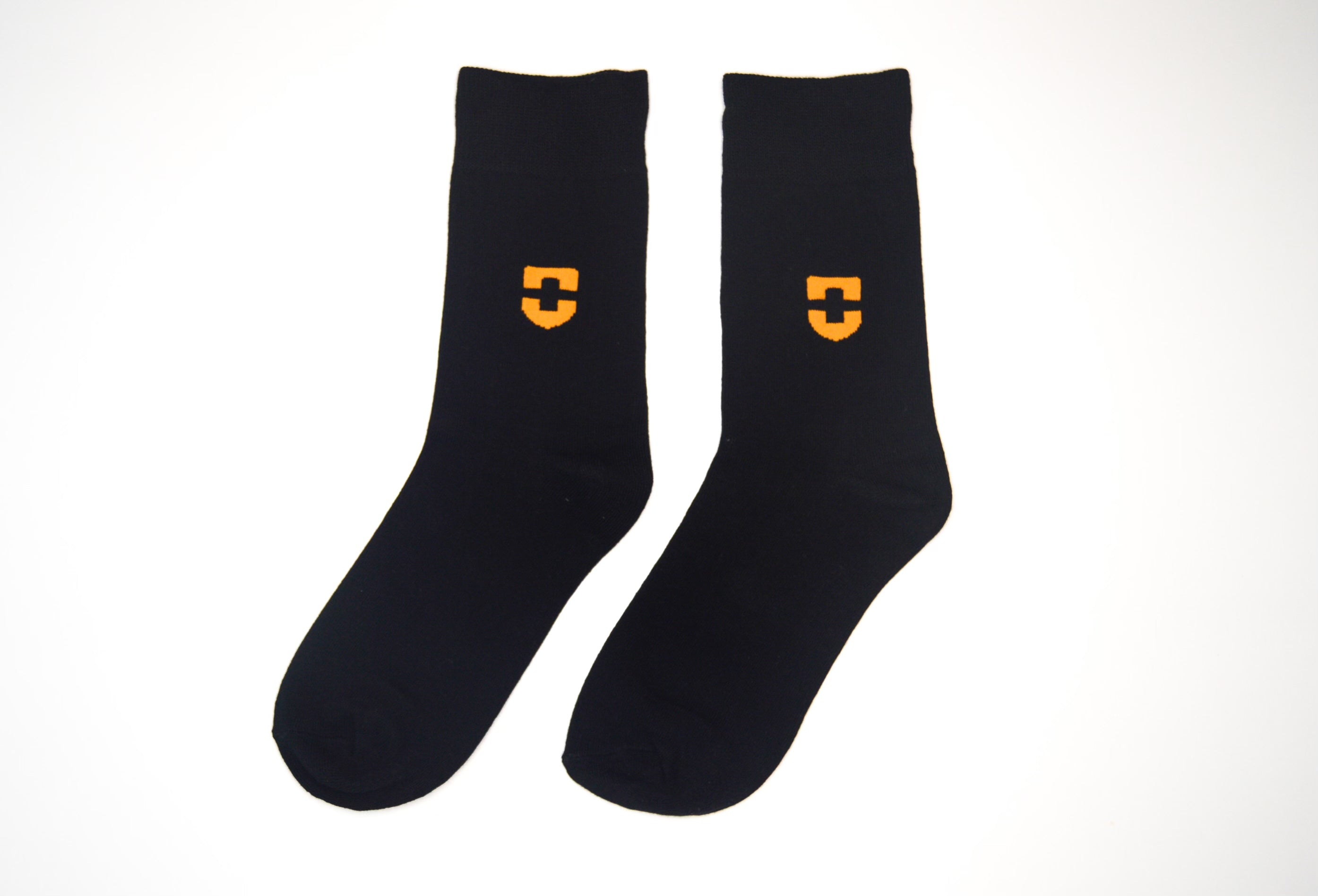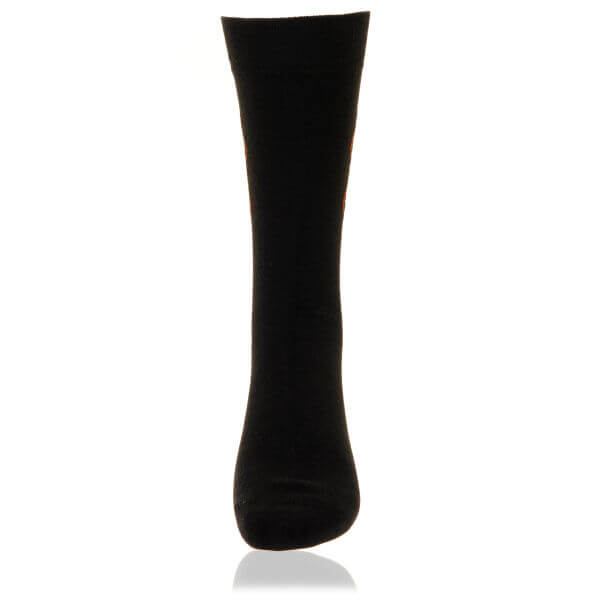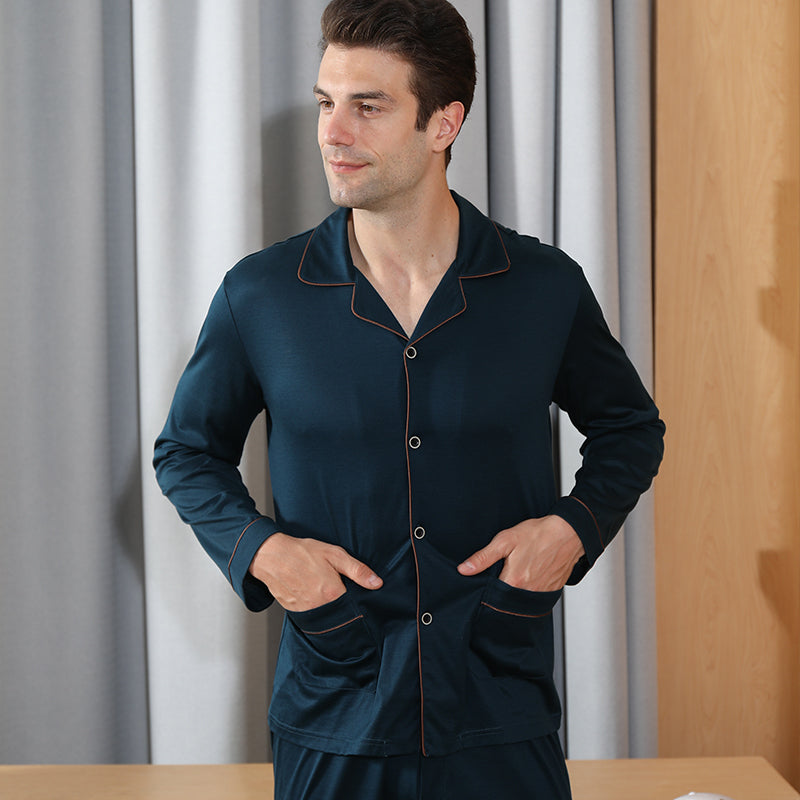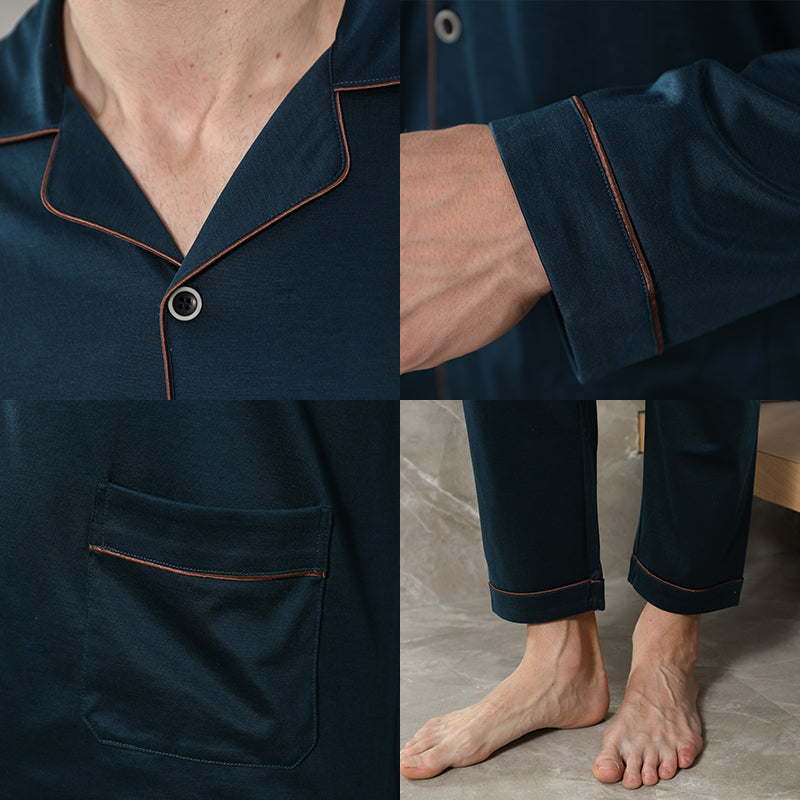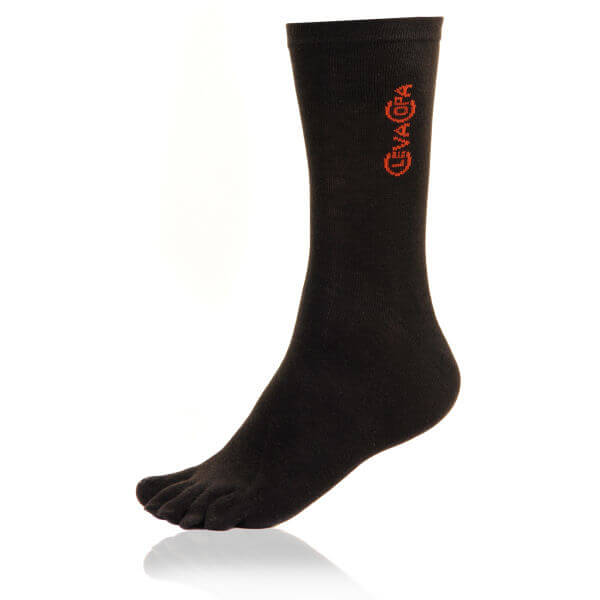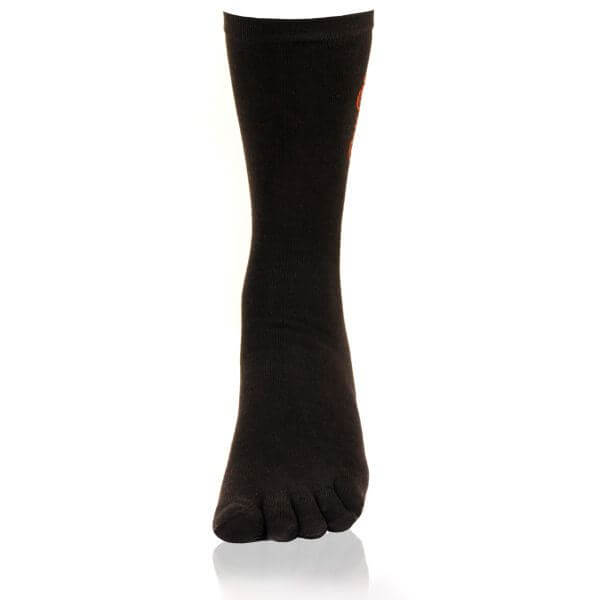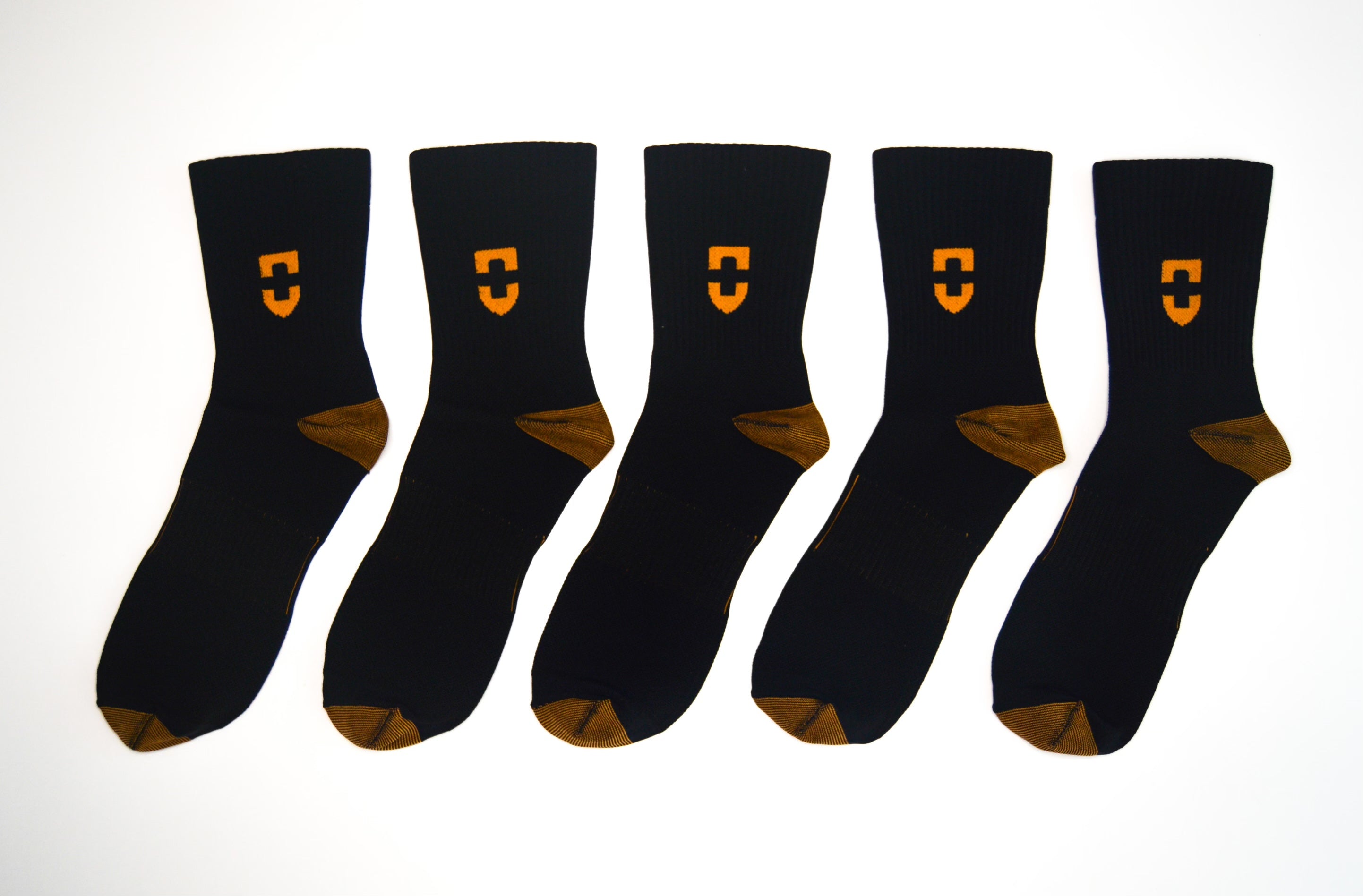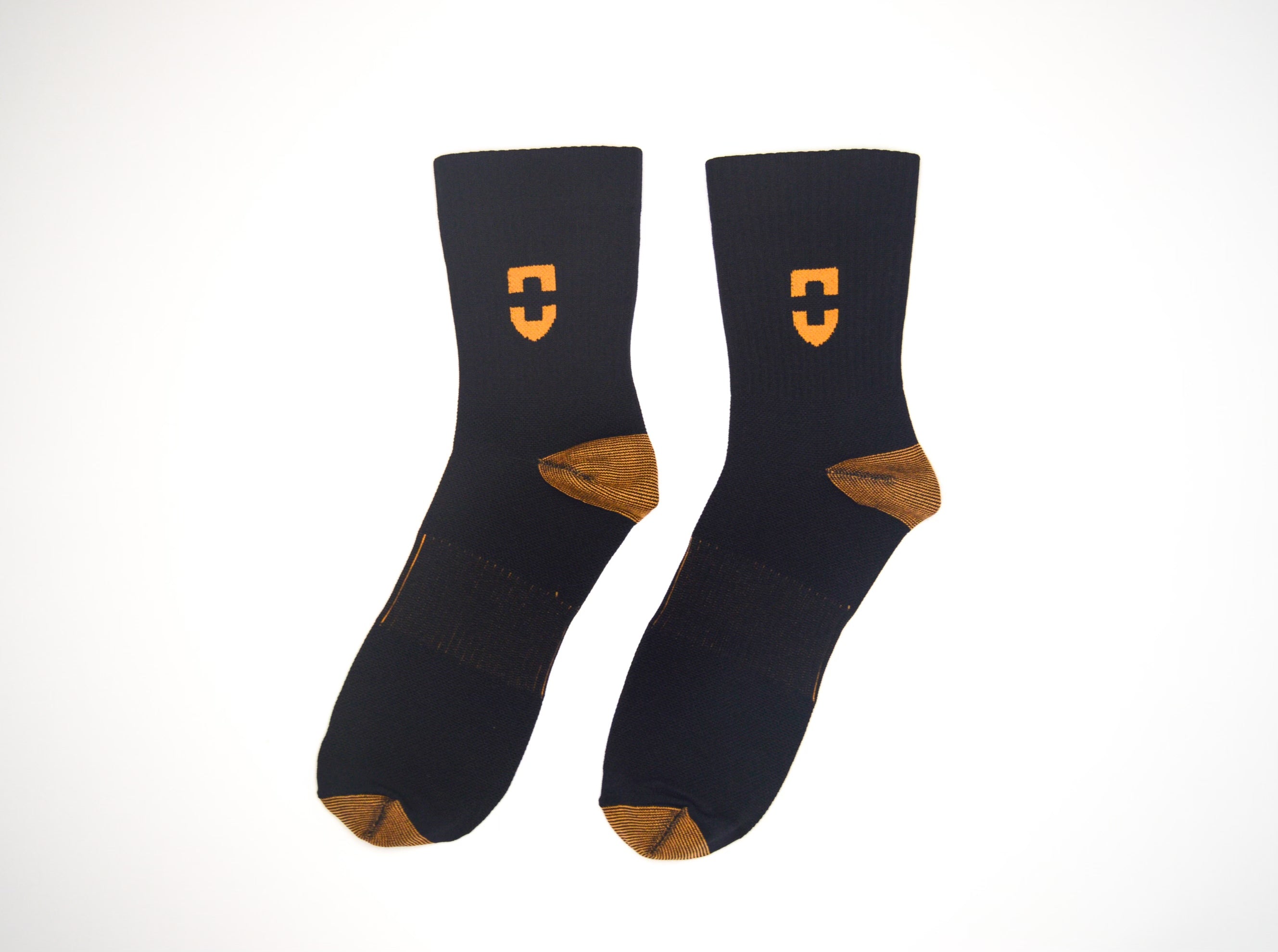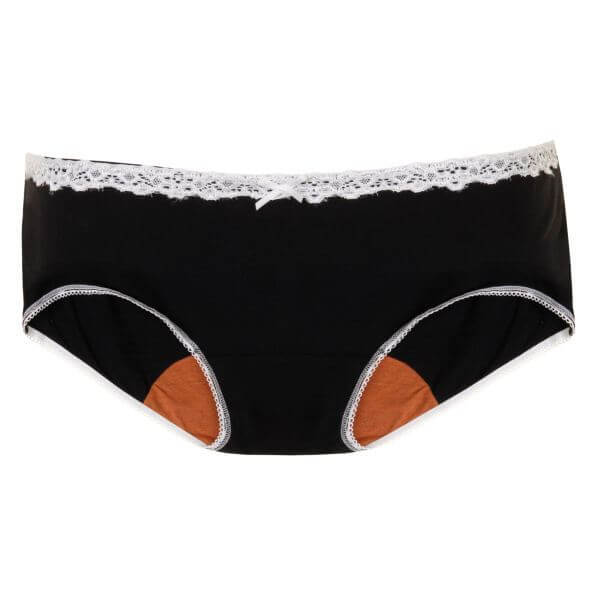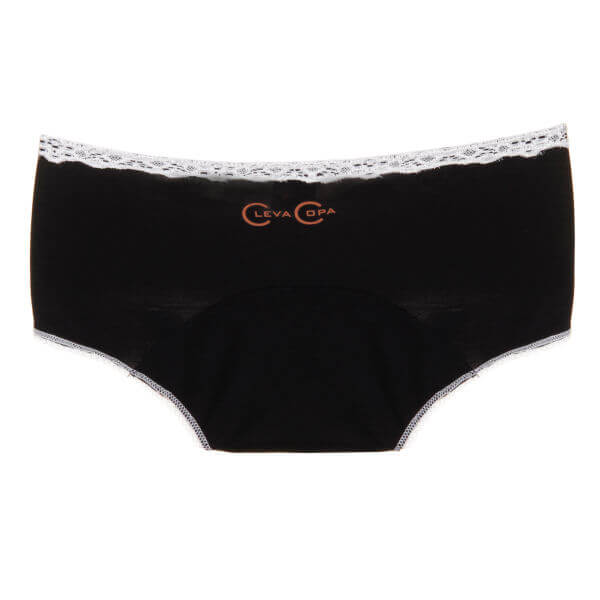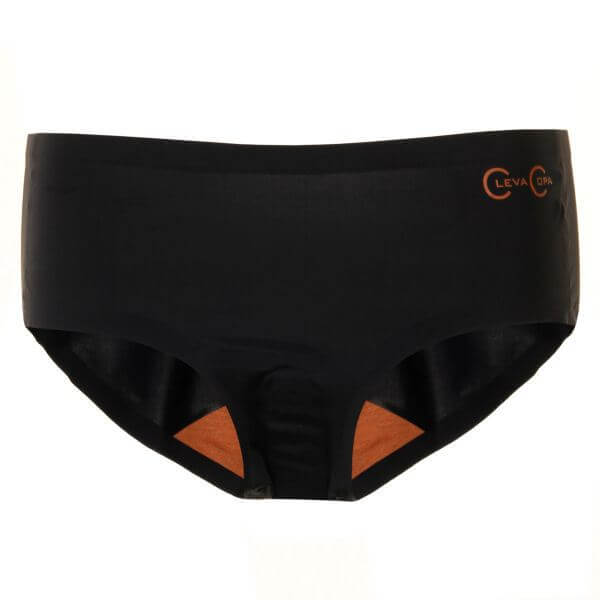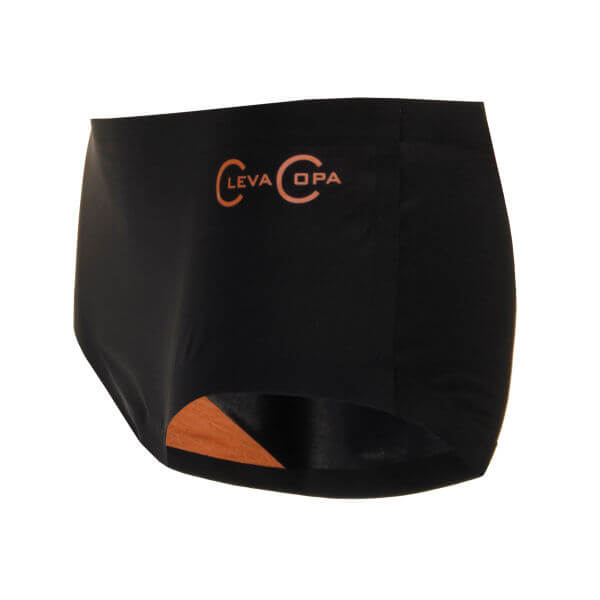Best Post Leg-Day Stretches for Recovery and Flexibility
Published
June 28 2025
After finishing a workout, it’s tempting to skip the cool down and head straight to your next task. But those few minutes spent stretching, especially your legs, can make a big difference in how your body feels and recovers. Stretching after exercise helps release built up tension, improves flexibility, and supports your muscles as they repair and grow stronger. Whether you’ve just finished a run, strength training, or a HIIT session, post workout leg stretches are a simple yet powerful way to care for your body and stay active longer.
Why Post Workout Leg Stretches Matter
Leg stretches post workout help your muscles recover more efficiently by easing tightness and improving circulation. It also supports better flexibility, which can enhance performance in future workouts and reduce the risk of injury. Consistent post workout stretching helps maintain joint health and allows your muscles to cool down gradually. Over time, this simple habit contributes to improved mobility and overall physical well-being.
Best Leg Stretches to Try After Your Workout
Once your workout is complete, going for leg stretching post workout can make all the difference in how your body recovers and performs next time. These stretches target major muscle groups, helping relieve tension, prevent stiffness, and promote overall flexibility. Below are some effective options to include into your post workout routine.
-
Seated Stretch for Calves and Hamstrings
Sit on the floor with one leg stretched out and the other bent so the sole of your foot rests against your inner thigh. Lean forward gently toward your extended foot, keeping your back straight. This stretch helps loosen the calves and hamstrings, which tend to tighten during high-impact or strength workouts. Regularly stretching these muscles can ease soreness and enhance mobility.
-
Lunge to Release Tight Hip Flexors
Start in a kneeling position and bring one leg forward into a low lunge. With your hips facing forward, gently press them downward while keeping your upper body upright. This stretch opens up the hip flexors, which often tighten from exercises like running or cycling, as well as from prolonged sitting. It supports better range of motion and helps stabilize your lower body.
-
Standing Glute Activation Stretch
Stand tall, then cross one ankle over your opposite knee, forming a figure four. Slowly bend the supporting leg as if you're sitting back into a chair. This controlled movement stretches your glutes and outer hips, which play a key role in balance and leg strength. It’s particularly useful after squats or lunges to relieve deep muscle tension.
-
Grounded Wide-Leg Squat Hold
Take a wide stance with your feet pointing slightly outward and lower into a deep squat, keeping your back straight and elbows pressing lightly into your knees. This position stretches your inner thighs, groin, and hips. It’s a powerful way to open the lower body after a heavy leg day, promoting flexibility and restoring muscle balance.
-
Full Body Stretch with Downward Dog
Start on your hands and knees, then lift your hips upward, straightening your legs and forming an inverted “V.” Keep your heels pressing gently toward the floor and your spine long. This yoga-inspired pose provides a deep stretch for the calves, hamstrings, and even the lower back, making it great for unwinding after any type of workout.
-
Deep Forward Leg Stretch
From a kneeling position, slide one leg forward and the other back, aiming to lower your hips gently toward the ground. As flexibility improves, you can work toward full front splits. This advanced stretch targets both hamstrings and hip flexors, aiding long-term flexibility and enhancing lower body alignment.
-
Hip Release with Pigeon Pose
Begin on all fours, then bring one knee forward and place it behind your wrist with the shin angled. Extend your other leg straight behind you and gently lower your hips. This stretch focuses on the glutes and deep hip muscles, releasing tension that can build up from lower body training or extended sitting.
-
Inner Thigh Opener
Sit on the ground with the soles of your feet pressed together and your knees relaxed outward. Gently hold your feet and press your knees toward the floor. This classic stretch targets the inner thighs and groin, promoting circulation and reducing tightness after exercises that engage the lower body.
What Are Other Stretch Considerations?
While choosing the right stretches is important, how you approach your routine also plays a big role in how effective and safe it is. Paying attention to preparation, form, and recovery tools can help you make the most of every stretch and protect your body from strain.
-
Start with Light Movement
Jumping into static stretching with cold muscles can lead to discomfort or even injury. Begin with a few minutes of gentle movement like walking, cycling, or arm and leg swings. This helps raise your heart rate slightly and prepares your muscles for deeper, more effective stretching.
-
Tune In to Your Body
Every stretch should feel purposeful but never painful. Take time to notice where your body feels tight or fatigued, and ease into those areas slowly. Paying attention to your limits and breathing deeply during each stretch helps improve flexibility while avoiding unnecessary strain.
-
Boost Recovery with Copper Compression Socks
Adding copper compression socks to your post workout routine can support your legs as they recover. These socks provide gentle, consistent pressure that helps ease fatigue and maintain comfort, especially after high-intensity leg workouts or long periods on your feet. The copper compression sock fabric from Copper Clothing is designed for all-day wear, making them ideal for both workouts and recovery.
-
Maintain the Right Technique
Stretching with proper alignment ensures you’re targeting the right muscles and avoiding tension in the wrong areas. Keep your movements controlled, avoid bouncing, and focus on good posture. Stretching is most effective when done with intention and precision.
Taking time for post workout stretches for legs is a smart habit that supports your long-term mobility, flexibility, and recovery. Whether you're releasing tight hips with a lunge, loosening up sore hamstrings, or easing muscle fatigue with copper compression socks, these small steps add up to better performance and fewer aches over time. By combining thoughtful movement with simple tools, you give your body the care it deserves after every session.




